Submitted by Varun Kumar
The Architects (Amendment) Bill, 2018, on Reforms in Practice and Education
India Architecture News - Feb 16, 2019 - 10:36 20515 views
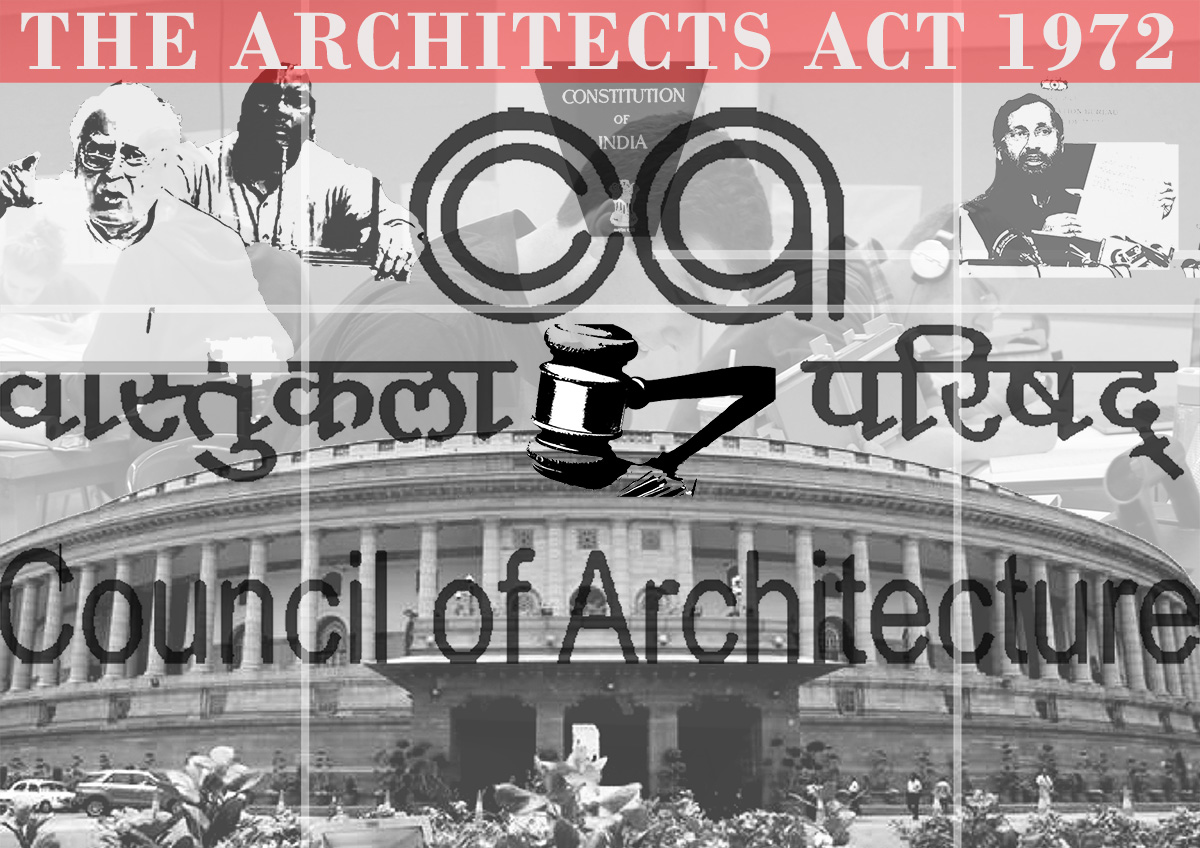
In November 2018, the Council of Architecture (COA) released the Architects (Amendment) Bill 2018 (2018 bill) via e-mail. A comparative chart of the bill and the original Architects Act, 1972 was also presented to show the new laws for practice in India.
The COA asked Architects for feedback. But for beginners, it is important to know the Act and why it has been in news. Let us look into the background of the act in correlation with the issues present in the practice.
What is the Architects Act, 1972?
The Architects Act, 1972, also called the Principal Act, was put into force on 1 September, 1972. It is "an act to provide for the registration of architects and for matters connected therewith.”
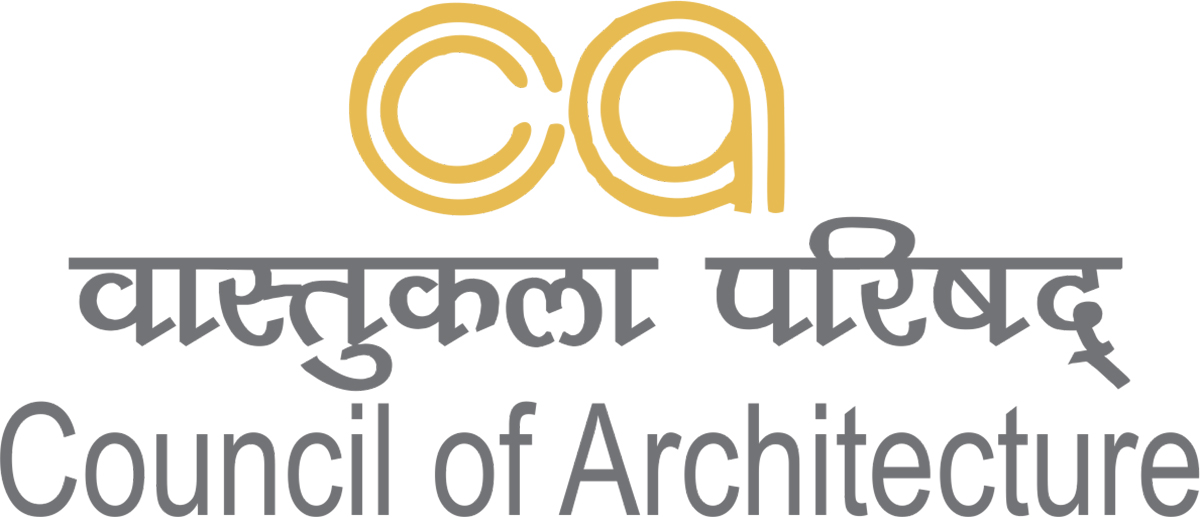
Image courtesy of NIU School of Architecture.
The act necessitated the formation of the COA. The COA enters graduates’ names into the Registry of Architects and provides them with the license to practice Architecture. The COA also frames rules and standards of education and practice, with which Architects must comply, all as stipulated by the Principal Act. Every Architect can be verified on the COA’s website for evidence of qualifications and license to practice.
This Principal Act set course for the practice to evolve with national standards and professional conduct rules, written by the COA, to ensure ethical and high quality services by Architects
The enactment of laws and their amendments
The Indian Parliament's offices for law making are The House of the People (‘Lok Sabha’-LS) and The Council of States ('Rajya Sabha'-RS).

Constituencies during the 2014 election. Image courtesy of Wikipedia.
The people directly elect their representatives to the LS, while the Members of Legislative Assembly (MLA) of different states elect the representatives to the RS. These representatives are the Members of the Parliament (MP) who debate to make the laws.
To enact laws, or to make legislation, a ‘bill’ has to be introduced in either the LS or the RS. This bill is the draft of the policy proposed, and when voted for becoming a law with agreement between the LS and RS, becomes an Act of the Parliament.
This act can be amended (revised) to widen its scope according to changing times and needs. To amend an act, another bill has to be introduced by a member of the parliament. An act cannot be passed without the consent and sign of the President of India.
Among the public, there are pressure groups, civil society groups, activists, Non-governmental Organizations, etc., who persuade and pressure the Parliament to introduce bills, as and when needs arise.

Image courtesy of DD News.
The Ministry of Human Resource Development (MHRD) first introduced the Architects (Amendment) Bill, 2010 (2010 bill) in the RS, addressing issues within the COA and the profession in India. Until 2017, the bill was never discussed well. A committee of the parliament for Human Resources, which reviews and prepares reports on such bills, never submitted any. Finally, in 2017, the government withdrew the bill to redraft it with revisions.
Any Architect, or a part of the fraternity, as a pressure group can wish to see changes in the Principal Act that could benefit or reform the practice in India. For that to happen, the political party which they have voted for has the power to raise concerns of the profession and amendments needed to the Principal Act, in the Parliament.
To perhaps ease up this process, the COA formed by the Principal Act can help persuade the MHRD to introduce concerns and amendments needed. The 2010 and 2018 bills are examples.
Format of the Principal Act
The Constitution of India, the parent law book of the country. The Ministry of Law and Parliamentary Affairs, with other committees monitor standards of laws. The constitution has ‘Parts’ (chapters), ‘Articles’ (laws), sub clauses (instructions/rules) and a set of important lists, called ‘Schedules’. The constitution has been amended and republished many times.

Image courtesy of bharatdiscovery.
All acts hence have ‘Sections’ (laws) with clauses and sub clauses, organized within a few ‘Chapters’. Originally, the Principal Act has four Chapters, containing laws within 45 Sections, and a Schedule.
The Architects (Amendment) Bill, 2010
The reason for introduction of the 2010 bill was to reform the election process of the members of the COA.

Kapil Sibal, the previous minister of MHRD. Image courtesy of The Shillong Times.
Elected members of the COA held their posts beyond their tenure, as no election of new members were conducted for long. This resulted from a section 6 provision of the Principal Act which explains election and conditions of work. The section says that an elected or nominated member can hold office for three years or until his successor is elected or nominated. The 2010 bill sought to remove this condition and direct the COA to hold elections before the end of the incumbent’s tenure.
The COA performed administrative functions beyond its stipulated powers in the Principal Act, without adhering to the central government’s (centre) advice and rules. Hence, the amendment bill sought to establish centre’s supremacy over the COA. A commission of three members including a Judge of a High Court can be set up to enquire into the issues.
These amendments, along with several others, of the 2010 bill are proposed in the 2018 bill too. Both bills seek to curb malpractices in the profession. A debate in the RS was seen to bring the 2010 bill into effect. But the bill was withdrawn form the parliament in 2017.
Issues within the practice
Unlicensed practice of Architecture is not new. Amanda Kolson Hurley elaborates the seriousness of using the title ‘Architect’ and practicing Architecture legally. The safety of public health and welfare is a liability in practice.

A case where a Civil Engineer had signed an Architectural drawing. Image courtesy of angryarchi.com.
In India too, as put forth by Architect Ashok Bij in ArchitectureLive!, the core issues are various forms of illegal practices, alongside malpractices within the COA.
Unregistered directors of firms; unregistered foreign firms partnering with local firms; unregistered individual Architects practicing; and other companies Registered with the Ministry of Corporate Affairs who include Architecture as part of their services without licenses, are the malpractices witnessed.

The 2014 building collapse in Chennai had unauthorized construction practices. Image courtesy of MGRTV.
As of 2011, 900 Architecture Firms in India are practicing. The government and the Supreme Court had started back then to summon companies to check whether all different services offered by them are licensed by concerned regulating bodies.
What are the important amendments proposed by the 2018 bill?
Some of the important amendments to note are those made to definitions of an Architect and Architectural Services; an Architectural Firm and its types, and related authorities; important functions and powers of the COA to regulate practice in India.
Redefining what Architects and their services are
Section 2 of the Principal Act defines the important terms of ‘Architect’, ‘Council’, ‘Register’, etc.
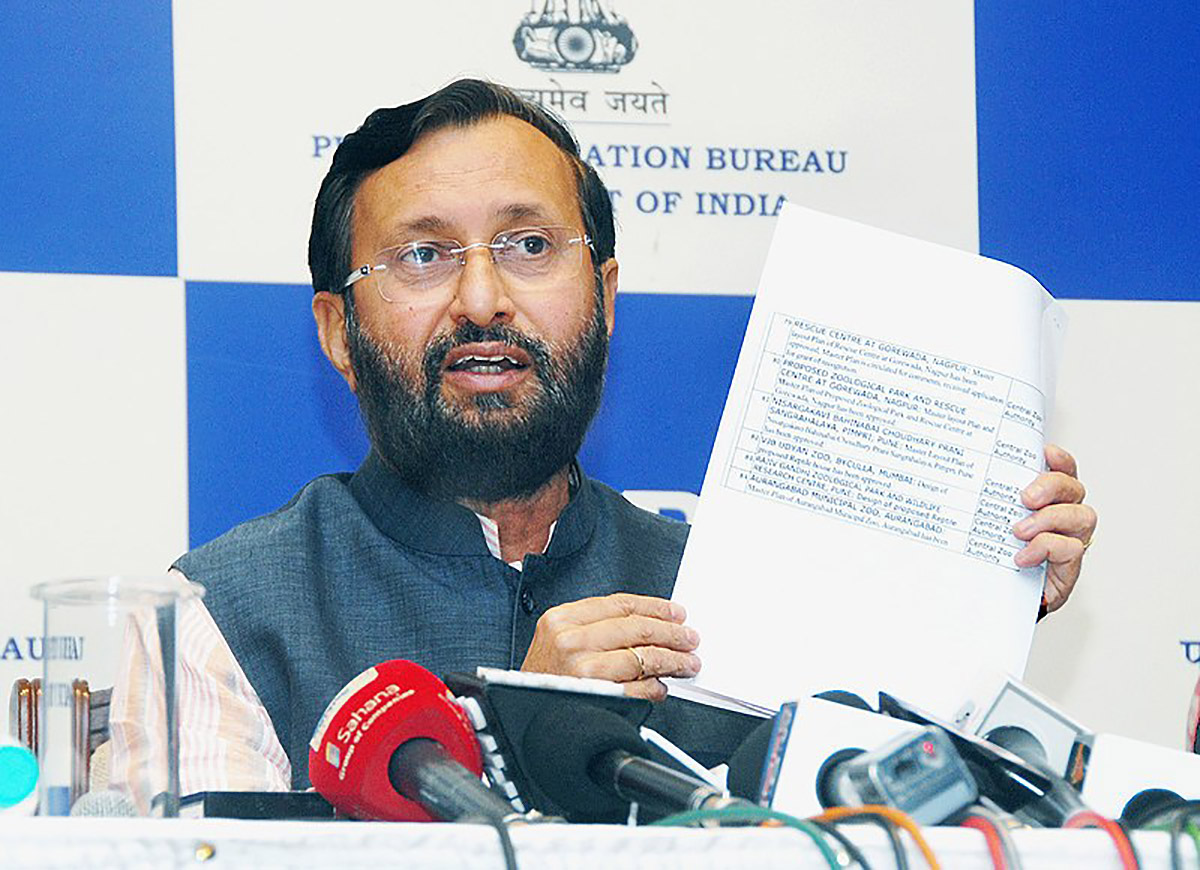
Prakash Javdekar, the current minister of MHRD. Image courtesy of Wikipedia.
“‘Architect’ means a person whose name is for the time being entered in the register.” The 2018 bill revises it to say “‘Architect’ means a person whose name is for the time being entered in the register and duly empowered under the Act to provide Architectural services.”
‘Architectural Services’ defined in the 2018 bill tells the scope and nature of duties. They include preparation of architectural documentation for approval and construction; control of professional services; architectural design; and scrutinizing all documents that regulate construction and development.
This 2018 bill also defines ‘Practice of Architecture’ in sub- subsection (cd)-the offering, rendering, supplying or providing of Architectural Services, as defined by this bill.
Defining a Firm and other related authorities
The 2018 bill inserts ‘Firm of Architects’. A firm is defined as per the Indian Partnership Act, 1932 as follows (Section 4)-
“‘Partnership’ is the relation between persons who have agreed to share the profits of a business carried on by all or any of them acting for all. Persons who have entered into partnership with one another are called individually, ‘partners’ and collectively ‘a firm’, and the name under which their business is carried on is called the ‘firm-name'.”
The 2018 bill also allows for an Limited Liability Partnership (LLP). The Limited Liability Partnership Act, 2008, defines LLP (in Section 3) as a body corporate formed by an individual and/or corporate partners. An LLP usually will exist, despite any cases of exit of business, death of a partner, bankruptcy, disinvestment, etc. LLPs have a minimum of 2 partners at any point of time. If for over 6 months, an LLP is running with less than two partners, the individual who has been running the LLP shall take up all liabilities of the company for that time. An LLP and a partnership, by law, are different in nature.
The Indian Constitution calls for formation of Nagar Panchayats, Municipalities and other local self-administration units such as Gram Sabhas, to manifest grassroots democracy. By article 243P of the Constitution, a Municipality is an institution of self-government. Article 243Q further says: An area that is transitioning from a rural to an urban setting is called a transitional area, and it will have a Nagar Panchayat. A small urban area will have a Municipal Council and large urban area will have the Municipal Corporation, also called as a Municipality.
These panchayats and municipalities create governance at the state and municipal (urban and district/village) levels. And each level has Building Bye-Laws. The 2018 bill defines ‘Planning/Development Authorities’. Examples are the Chennai Metropolitan Development Authority (CMDA), Bruhat Bengaluru Mahanagara Palike (BBMP), Mumbai Metropolitan Region Development Authority (MMRDA), etc., which frame the bye-laws.
In Section 2, the 2018 bill defines ‘Professional Examination’, to be conducted by the COA to grant License of practice for all graduates of Architecture. The need to take up licensure examination after a bachelor’s degree is brought up here.
Granting of qualifications by educational institutions
Institutions and universities granting degrees, as recognized by the original Principal Act under section 14, are in ‘The Schedule’. The 2018 bill now calls for two schedules, with the existing becoming the First Schedule. If any educational institution that is not in First Schedule grants qualification, it must consult with centre for recognition. The centre must consult with the COA to decide on the recognition. Previously granted qualifications by such institutions and universities will become valid only after the date of announcement of the recognition by the centre. The 2018 bill hence will form a Second Schedule with additionally recognized educational institutions.
Only qualifications recognized by these two schedules would be eligible for appearance in the Professional Examination by the COA, as per the amended Section 17. Section 18 empowers the COA to seek information about the course of study in an Institution or University.
Changes in organizational structure of the COA
Originally, the Principal Act stated that two persons must be nominated by the All India Council for Technical Education (AICTE), as per the 1945 resolution by the late Ministry of Education. The AICTE is now an establishment under the All India Council for Technical Education Act, 1987. The 2018 bill calls for the nomination of two Architects in place of two ‘persons’, by the AICTE.
Prescribed qualifications for entry of name in the COA’s Register
Section 25 enlists these qualifications. Under the amendments, to take up the prescribed professional examination, the graduates must undergo a year’s professional training (internship) after the bachelor’s degree, under a registered architect in practice for a minimum of five years. Originally, the criterion for entry into register is payment of prescribed fee only to the COA after a valid bachelor’s degree.
Section 26A-Certificate of Practice
The 2010 bill sought to add a sub section 26A, which necessitates a Certificate of Practice (COP). Only Architects with a COP can provide Architectural Services. And for undergrads to apply for the COP, they had to complete a Master’s degree in Architecture, and secondly be employed for a minimum of 2 years by Architects who have held a COP for at least five years. Further the COP had to be renewed annually. This could have made obtaining a license more expensive and cumbersome. The 2018 bill does not necessitate a COP. Only a registration after appearing in the Professional Exam would suffice.
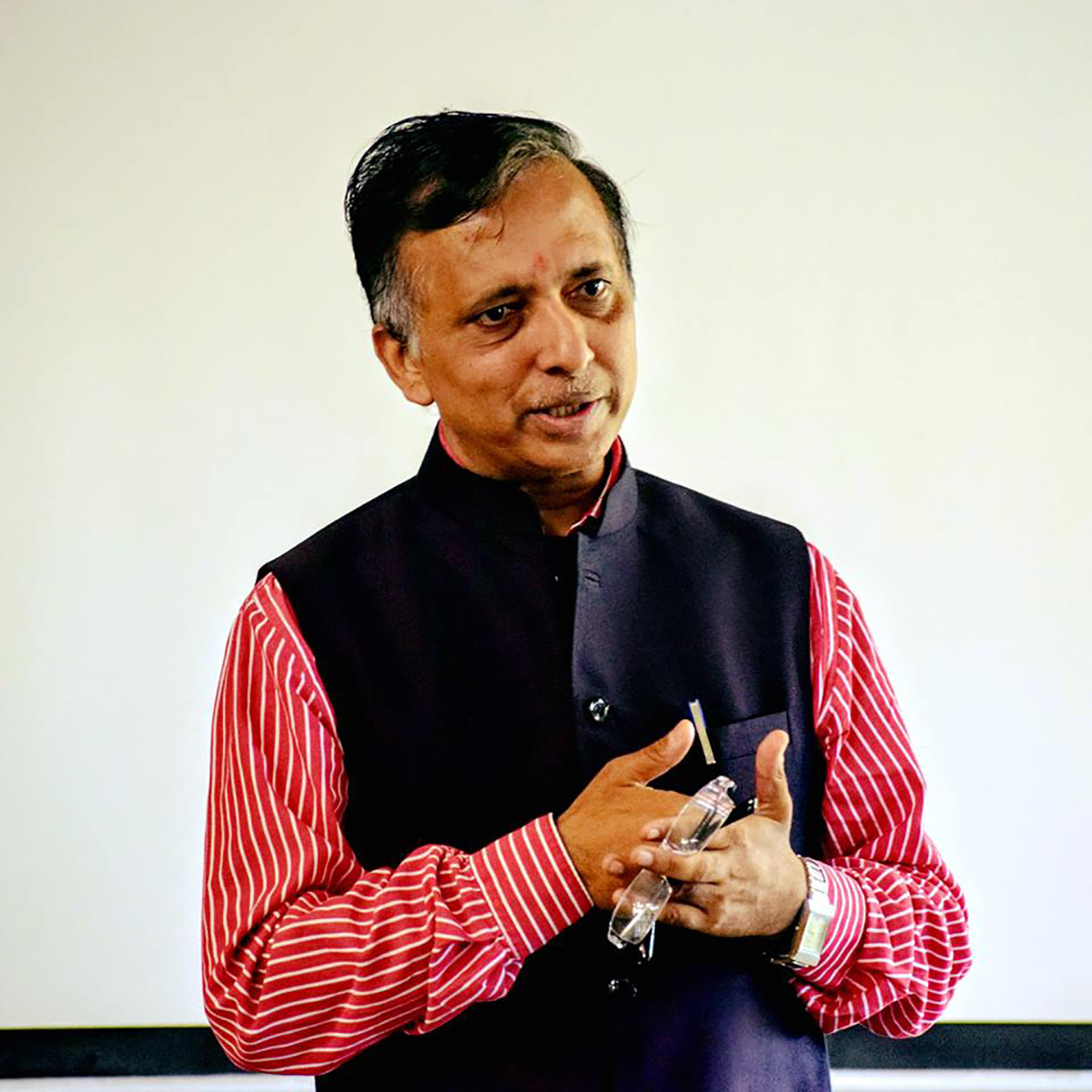
Current acting-President of COA, Mr. Vijay Garg. Image courtesy of WCFA.
Evidence of persons being registered Architects
Section 34 states that after April 1 of every year, the registrar must print copies of the register. This is to make the register available for people to check if an Architect’s name is present in the register.
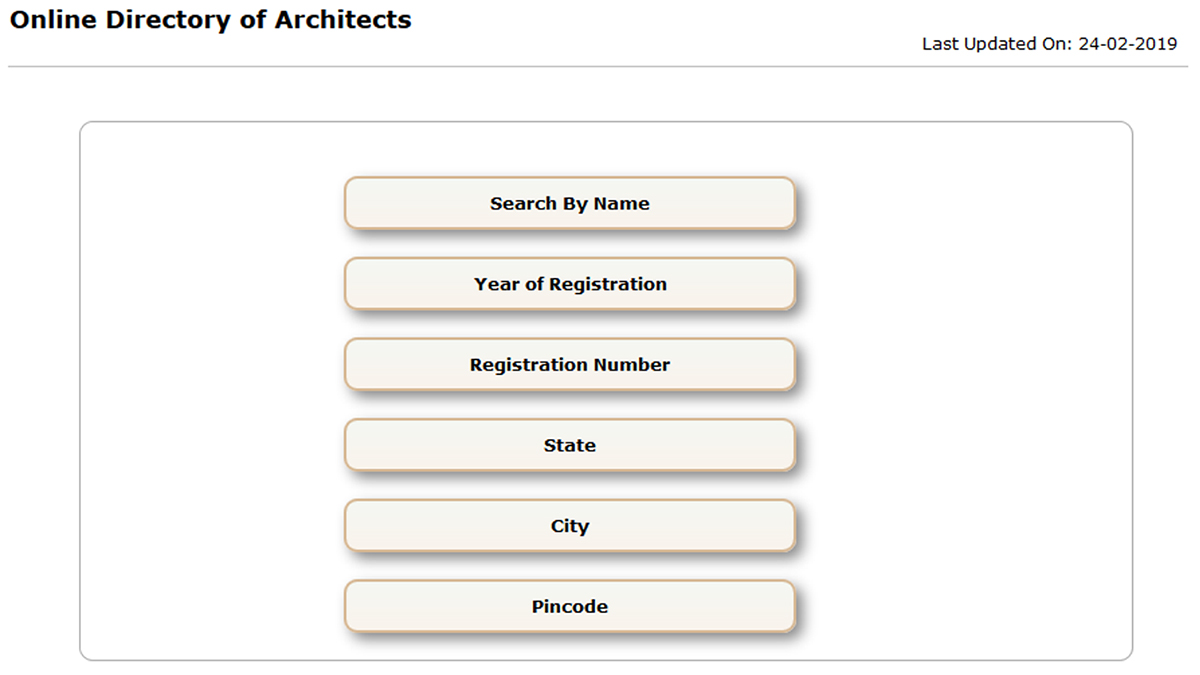
Image courtesy of COA.
The 2018 bill seeks to direct the registrar to make available electronic or online copies too. However, the 2018 bill doesn’t mention that these copies are evidence that a person is a licensed Architect, while the 2010 did.
Regulation of Competitions
2018 bill amends section 35 to state that competitions held for Architects shall be as regulated by the COA. Currently we see competitions by many private and public online competition forums. The relevance of many competitions has been questioned, as they take up time and energy, which could prove costly for entries that don't succeed. If left unregulated, anyone could organize an Architecture competition. Hence, a framework by the COA can evaluate and reduce the number of competitions, while improving the quality of opportunities.
Curbing Architecture malpractices
Any person claiming falsely that he is a registered architect is punishable with a fine. Originally the fine amounted to Rs. 1000 (USD 14). The 2018 bill amounts the fine to Rs. 5,oo,ooo (USD 7010). Any subsequent violation of the Act will amount to Rs. 10,00,000 (USD 14019) or imprisonment up to 5 years or both.
The 2018 bill also extends the title of an Architect and the right of Practice of Architecture only to registered Architects, registered firm of architects or LLP of architects. This provision doesn't apply to practitioners registered as Landscape and Naval Architects. Further the 2018 bill rules that no development or planning authority is allowed to license or designate any person as an Architect.
Rules regarding Education Standards
The powers of the COA to make rules on the course of study, practical training and the educational standards needed for granting qualifications is in Section 42. The 2018 bill adds that COA can make rules on establishment of an institution and eligibility for admission to the architecture course. COA can penalize any non-adherence to standards.
The 2010 bill sought to revise Section 45 to add minimum qualifications and experience for teaching staff, minimum standards for intake, teaching facilities, accommodation, etc., which the Principal Act did not assert originally. Such minimum standards for post graduate courses were also set by the 2010 bill. The manner and method of conducting aptitude tests for admissions were also to be regulated. We see these in the 2018 bill too.
Further the 2010 and 2018 bills, stipulate professional ethics, conduct rules and duties. An Architect’s duties in government services and their method of appointment by government agencies were stipulated too.
Perhaps, a very important amendment of this section could be the regulations for promotion of Architectural research.
Reactions to the Architects (Amendment) Bill, 2018
Design Plus Architects (DPA) have published on their website their suggestions to the amendments. Professor Samir Shukla communicated his reactions to Architects In his blog in The Times of India. A student petition in Change.org has gathered a small community which objects the requirement of a year’s training after completing the bachelor’s degree to appear in the licensure examination.
Samir Shukla guides architects to revert to the COA, asking it to differentiate by law the roles of Architects and Engineers within the practice of Architecture, which would then define exclusive rights to Architects for the Practice of Architecture. DPA agrees to the professional examination, but suggests a different method to conduct it. Their suggestion is like the 2010 bill’s idea of undergoing employment after graduation for a period of time and not an internship, for licensure. DPA also finds the scope of Architectural Services quite limiting, leaving some loopholes in the usage of the title of the ‘Architect’ unaddressed.
Deliberating on these laws and the context surrounding them are crucial for all to predict and express ideas and solutions to these issues.
> via the Council of Architecture